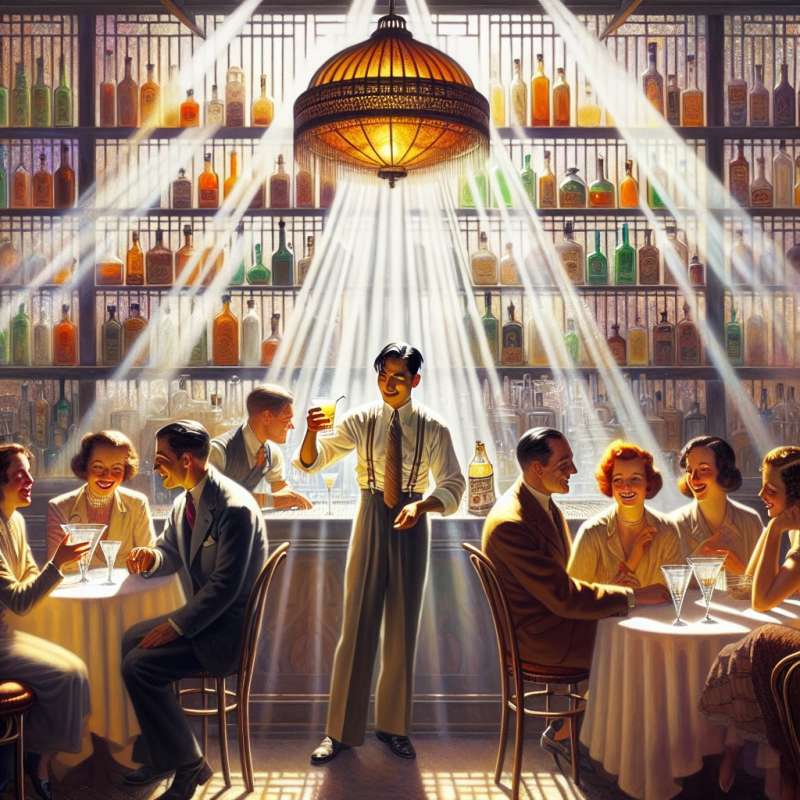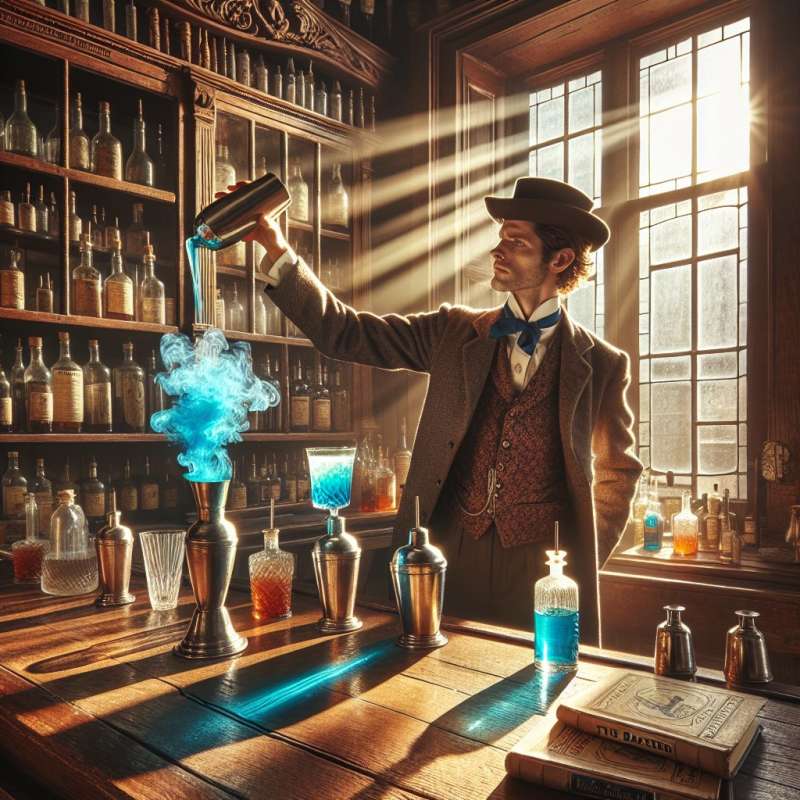
Bartending Origins Explored
The term 'bartender' originated in the late 19th century. Initially, bartenders were known as barkeepers, a person who keeps the bar stocked, clean, and serves drinks.
Prohibition's Speakeasy Impact
During Prohibition (1920-1933), speakeasies flourished. Secret bars served illegal alcohol. This era advanced mixology, as bartenders camouflaged poor-quality spirits with complex, flavorful concoctions.
The Father of Bartending
Jerry Thomas, the 'Father of American Mixology,' wrote 'The Bartender’s Guide' in 1862. It was the first drink book published in the US, revolutionizing cocktail creation.
Cocktails: A Global Evolution
Cocktails weren't always a global phenomenon. The concept started in the US and UK but spread worldwide after World War II, influenced by soldiers' exposure to different cultures.
Flair Bartending Entertainment
Flair bartending, popularized in the 1980s, is the practice of bartenders juggling, flipping, and spinning bottles. It combines the skill of mixology with performance.
The Ice Revolution
The craft of bartending extends to ice. Clear, dense ice melts slower, preventing dilution. Some bars now have 'ice programs', creating custom ice for each cocktail.
Sustainability Behind the Bar
Modern bartending emphasizes sustainability. Bars are reducing waste by reusing ingredients, like citrus husks for syrups, and embracing locally sourced, seasonal produce in their drinks.Alcohol-Free Spirits Rise
Non-alcoholic spirits are crafted to mimic traditional liquors, offering cocktail enthusiasts a sophisticated, sober alternative.
When did 'bartender' first emerge?
Early 20th century
Late 19th century
During Prohibition
Company